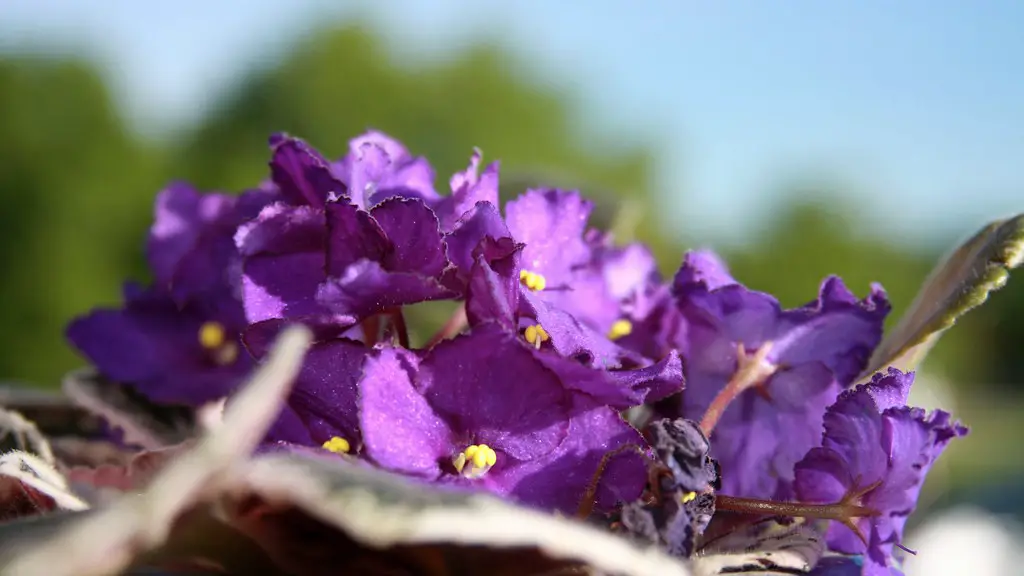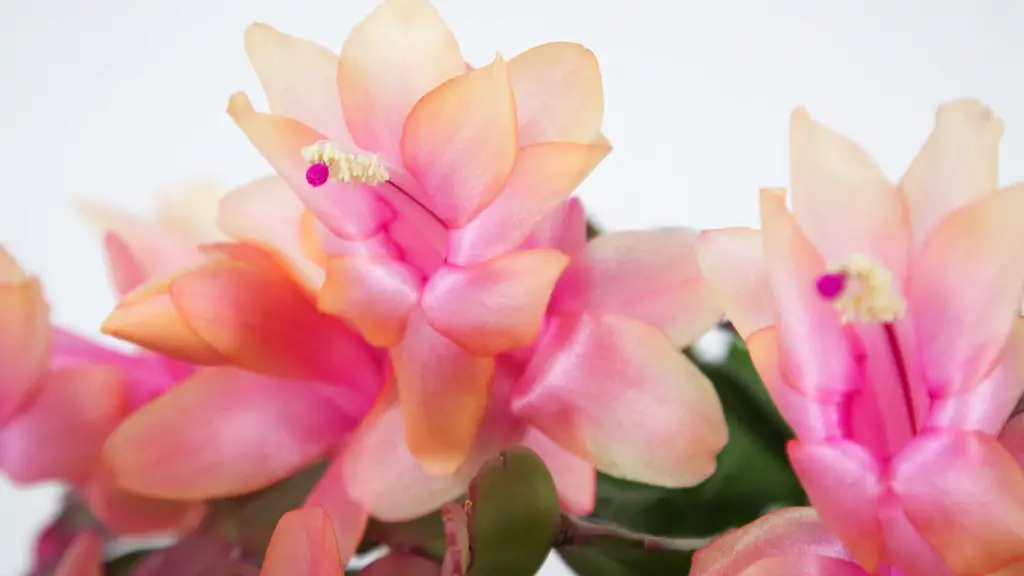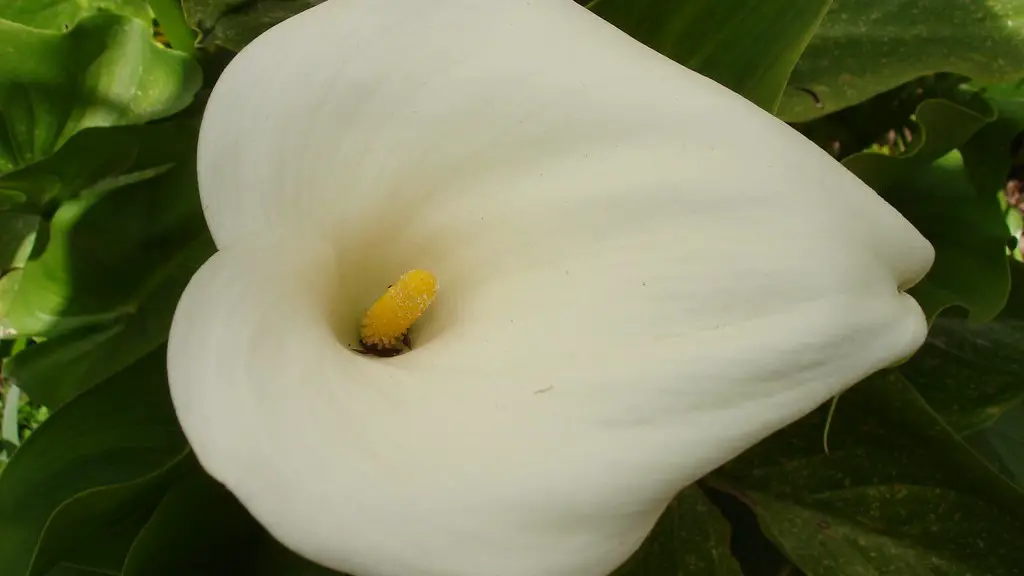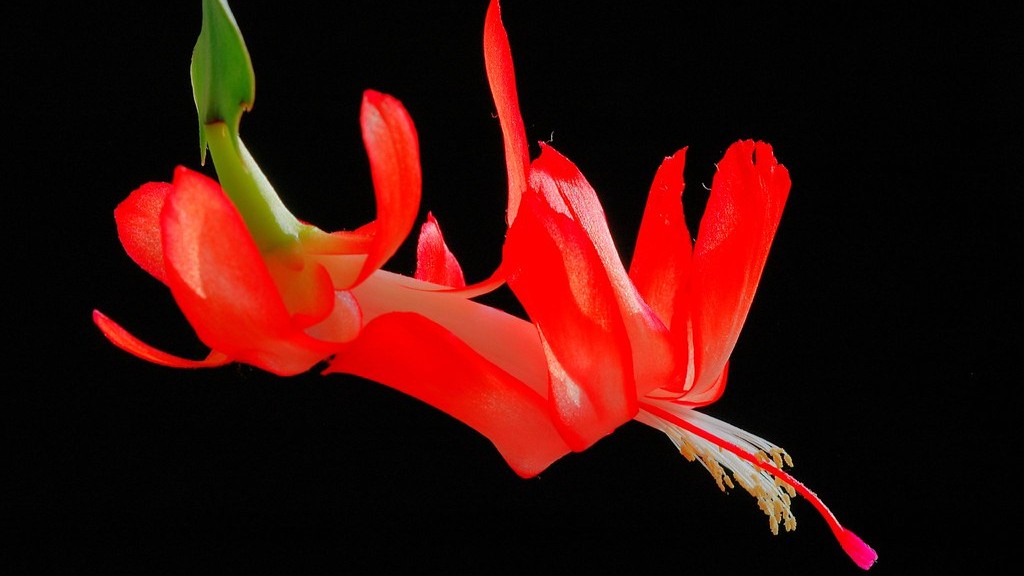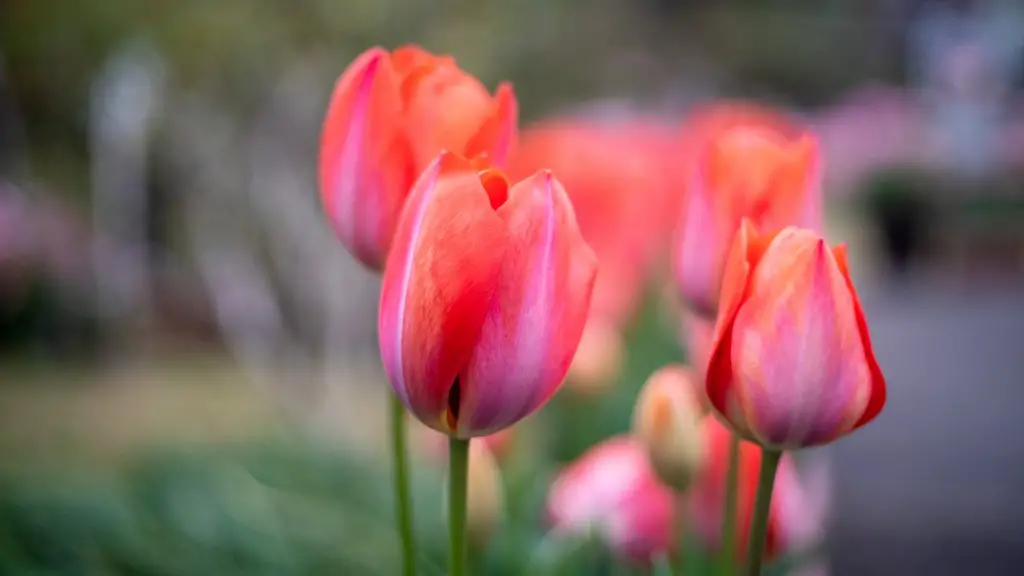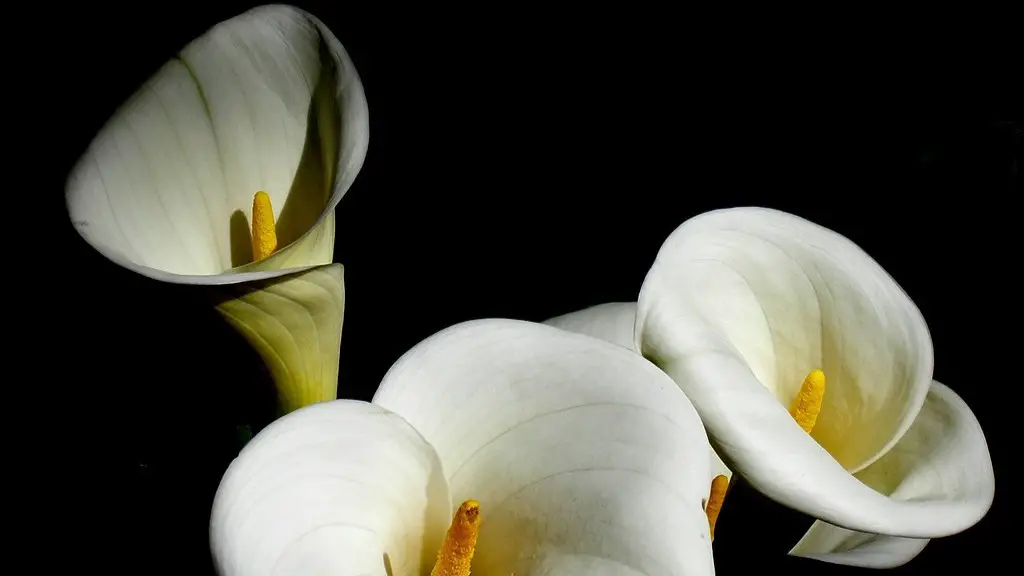In order to make African violets grow, you will need to provide them with proper lighting, water, and soil. African violets need to be in a location where they will receive bright, indirect sunlight. They also need to be watered regularly, but be sure not to overwater them as this can lead to root rot. The soil for African violets should be well-draining and rich in organic matter. By following these simple tips, you can enjoy beautiful African violets in your home.
To make African violets grow, you need to water them regularly, keep them in a warm place, and give them plenty of light.
What helps African violets grow?
African violets need indirect sunlight in order to thrive. Direct sunlight can actually burn the leaves of the plant, so it’s best to choose a north- or east-facing window for best results. Additionally, it’s important to keep the plants away from cold glass, and to rotate the pot once a week so all leaves receive light. During winter months, you can extend the amount of daylight the plant receives by placing it under a grow light.
If you want your African Violet to bloom again, here are 8 ways to make it happen:
1. Let There Be Light – African Violets need bright, indirect sunlight to bloom. If you don’t have a spot in your home that gets enough light, you can try using a grow light.
2. Turn Up the Humidity – African violets love humid conditions. You can increase the humidity around your plant by placing it on a pebble tray or using a humidifier.
3. Replenish Essential Nutrients – Every few weeks, fertilize your African Violet with a half-strength solution of fertilizer designed for blooming plants.
4. Keep it Pleasant – African Violets prefer temperatures between 65 and 75 degrees Fahrenheit. They also like to be in a spot with good air circulation.
5. Choose the Right Soil – African Violets need a light, well-draining soil. You can buy a special African Violet potting mix or make your own by mixing equal parts peat moss, perlite, and vermiculite.
6. Protect From Pests & Disease – Keep an eye out for common pests like aphids and spider mites.
How often should African violets be watered
A wicking system is a great way to make sure your African violets are never over watered. Basically, you just need to water the plant once a week and allow the plant to completely dry between waterings. The wicking system will help to regulate the amount of water the plant receives, so you don’t have to worry about overwatering.
If you want to bring more color into your home without a trip to the paint store, try adding more flowers to your favorite plants. African violets are especially good for this, as Miracle-Gro® Blooming Houseplant Food promotes more blooms.
Can you use coffee grounds on African violets?
Coffee grounds are slightly acidic and contain nitrogen, which helps plants grow healthy foliage. Occasionally sprinkling used coffee grounds on top of your African violet potting soil can be good for the plant.
Epsom salts are a great way to provide your plants with essential magnesium and sulfur. These two minerals are needed to produce beautiful blooms and healthy foliage. To use, simply mix one and a half teaspoons of Epsom salts in a quart of tepid water and swirl to dissolve. Water your African violets (below the leaves) with this solution once a month.
What month do violets bloom?
Wild violets can be both a lovely decorative plant and a bothersome weed, depending on your perspective. They are aggressive growers and can be difficult to control, making them a nuisance for some people. However, their mid-May blooms can add a pop of color to gardens and landscaping, making them a welcome addition for others. Whether you love them or hate them, wild violets are definitely a plant that makes a statement!
African violets are one of the few plants that can bloom nearly year-round. If you are able to provide the correct conditions, expect your African violets to bloom 10-12 months each year. Each bloom lasts for about 2-3 weeks.
What causes African violets not to bloom
African violets need bright, indirect sunlight to bloom well. Too little sunlight causes them to stretch for the light and produce few or no flowers; too much sun can burn the leaves. An east-facing window is ideal, especially with a sheer curtain to block the sun’s harshest rays.
To get the best color and blooms from your plants, grow them in bright, indirect light. A plant stand three feet away from a west- or south-facing window is an ideal location. Plants will still grow when situated right beside north- or east-facing windows, but leaves will be thin and spindly, and plants less likely to bloom.
Should I mist my African violets?
It is important to water African violets properly to avoid leaf spots and crown rot. Water the plants at room temperature and be careful not to mist the foliage as this can cause permanent leaf spotting. Water the plants so that the crown is moistened, but not saturated.
African violets are best kept on the drier side, as overwatering can easily kill them. Allow the soil to dry out somewhat between waterings, as this allows the roots to get the air they need.
How many years do African violets live
Repotting these blooms is so important due to their long lifespan. African violets are known to have a very long lifespan, often lasting up to 50 years. This is why it is so important to repot them every few years, to ensure that they continue to thrive. Ryan McEnaney, public relations and communications specialist for Bailey Nurseries, recommends doing so every few years to keep your African violets healthy and happy.
If you’re having trouble with powdery mildew on your African violets, you might want to try spraying them lightly with a baking soda solution. You can also try spraying the air around the plant with a household disinfectant like Lysol, but be careful not to get too much on the leaves.
Is it better to root African violets in water or soil?
It’s easy to root African violets in water using a leaf. You can take the leaf from your existing African violets, or even from a friend’s plant. Just make sure the leaf is healthy and is from a plant that is blooming. Cut the leaf off at the base, and then place it in a jar or glass of water. Change the water every few days, and in a few weeks, you should see roots growing from the leaf. Once the roots are a few inches long, you can plant the leaf in potting soil.
It is the calcium from the egg shell that leaches into the water and puts African Violets in a blooming good mood. This is a great way to provide your plants with the nutrients they need to stay healthy and happy.
Final Words
To make African violets grow, water them regularly and place them in a spot with indirect sunlight. You should also fertilize them about once a month.
If you want to grow African violets, you need to start with a healthy plant. Look for a plant that has green leaves and is blooming. Avoid plants that have yellow or brown leaves, or that are not blooming. You will also need potting soil, a pot, and a location that has indirect sunlight. Water your plant when the soil is dry, and fertilize it every other month. With proper care, your African violet will thrive.
